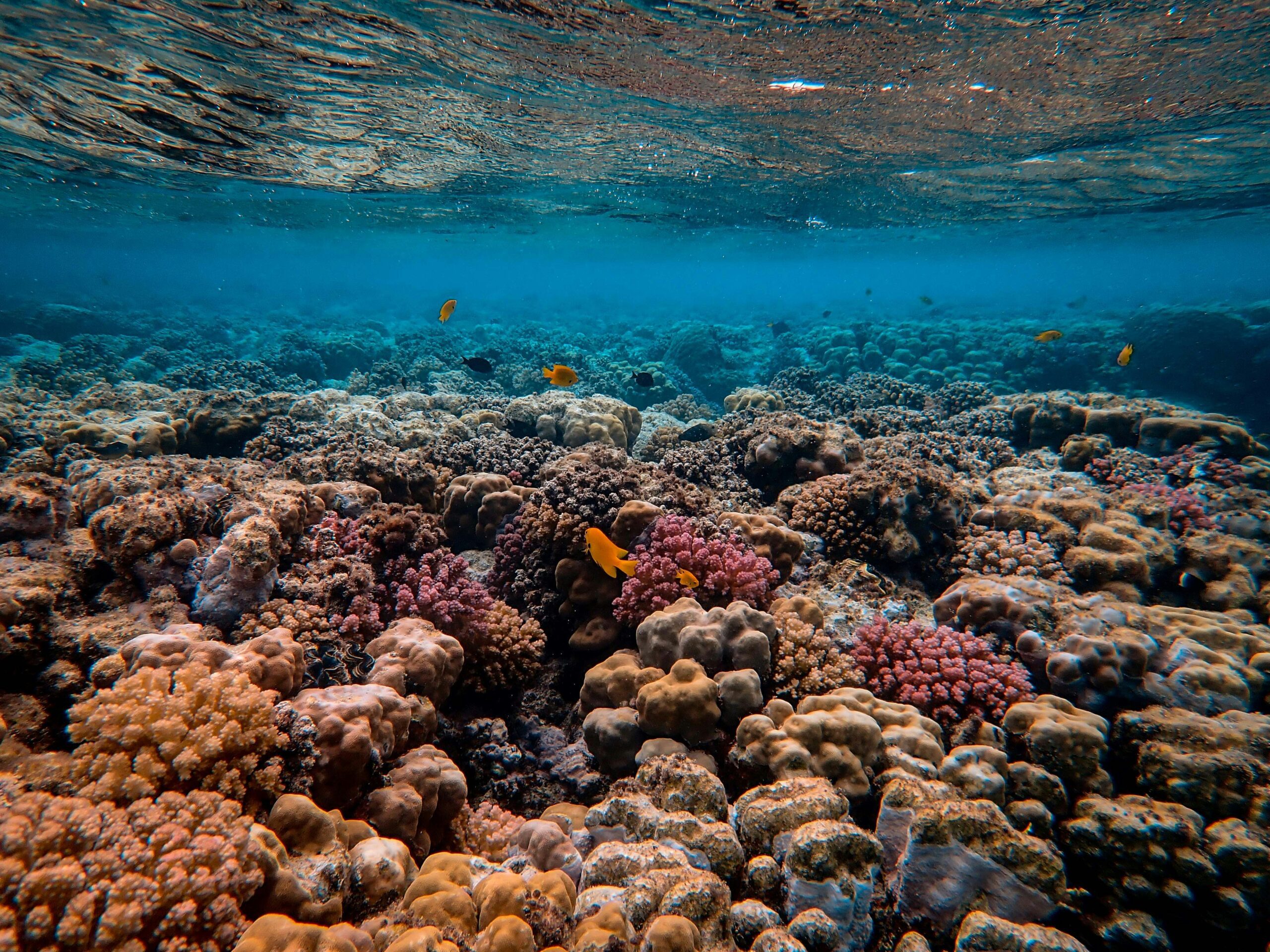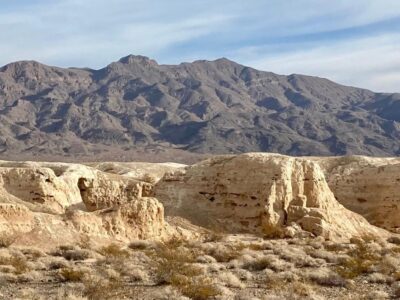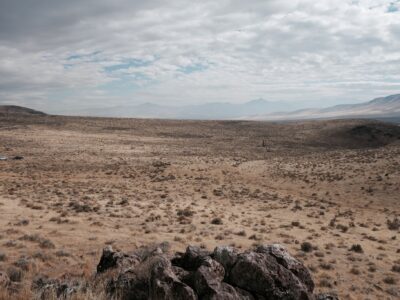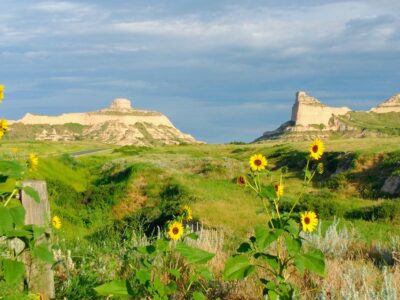(Bloomberg) —
The total area of the planet that is covered in coral reefs is larger than previously thought, according to the most comprehensive high-resolution assessment of the world’s corals to date.
Shallow coral reefs cover about 348,000 square kilometers (or about 134,000 square miles) of the globe’s surface — an area larger than the state of New Mexico. The results from new University of Queensland-led research compare to previous estimates ranging from roughly 154,000 to 301,000 square kilometers.
“This is the first accurate depiction of the distribution and composition of the world’s coral reefs, with clear and consistent terminology,” Mitchell Lyons, a researcher at the University of Queensland in Australia and the paper’s lead author, said in a statement. “This data will allow scientists, conservationists and policymakers to better understand and manage reef systems.”
Coral reefs are home to about a quarter of all marine life on the planet and are essential to the livelihood of about a billion people. Yet these delicate ecosystems are extremely vulnerable to man-made climate change, which is leading to rising ocean temperatures and growing acidification of waters. Corals everywhere are being decimated by mass coral bleaching events and infectious diseases, all of which are set to become more intense and frequent as Earth warms.
Accurately mapping the world’s corals is a necessary step toward protecting them, researchers said. The research published in Cell Reports Sustainability earlier this week used over 100 trillion pixels of detailed satellite images from Sentinel-2 satellites and Planet’s Dove CubeSat constellation, together with data sets provided from 480 different sources. The data was then used to train a machine able to classify the presence of reefs at different depths globally.
Scientists mapped a total of 348,361 square kilometers of coral reefs down to about 15 meters of water depth. That large area includes hard surfaces like coral and rock, as well as soft surfaces like sand, rubble, mud or seagrass. Only about a quarter of the total area was classified as coral habitat, where high-density hard coral is found. Seagrass meadows, which play an important role in marine ecosystems, cover 67,236 square kilometers.
Scientists are now focusing on improving the tool’s capacity to distinguish between different types of species. That’s a necessary step toward assessing a reef’s resilience to climate change and its impacts, said Helen Fox, conservation science director at the US-based Coral Reef Alliance and a co-author of the paper.
“It’s important to preserve genetic diversity,” Fox said. “The more diversity you have, the greater the chance you’ll have different species that can survive.”
Previous efforts to map coral reefs at a global scale were undertaken before high-resolution satellites were able to photograph all of the world’s surface. That meant these type of maps were only available at local or regional scales. The new map is publicly available through the Allen Coral Atlas and the Google Earth Engine.
“The big-picture question is if these remotely-sensed data products can help us understand what’s going on at small scales so they can inform decision-making at the local level,” Fox said. “There are tradeoffs, of course, but we can add this as another layer of information in these conservation planning processes.”
The data is already being used to support conservation efforts, restore coral reefs and identify sensitive areas. Projects using the tool are on the way in over a dozen countries, including Indonesia, Vanuatu, Belize, Kenya, Australia and Micronesia. Fiji’s government is using the maps as a data source to identify coral areas that need to be rehabilitated after devastating cyclones hit.
“It’s more than just a map,” Lyons said. “It’s a tool for positive change for reefs and coastal and marine environments at large.”
To contact the author of this story:
Laura Millan in Madrid at lmillan4@bloomberg.net
© 2024 Bloomberg L.P.





